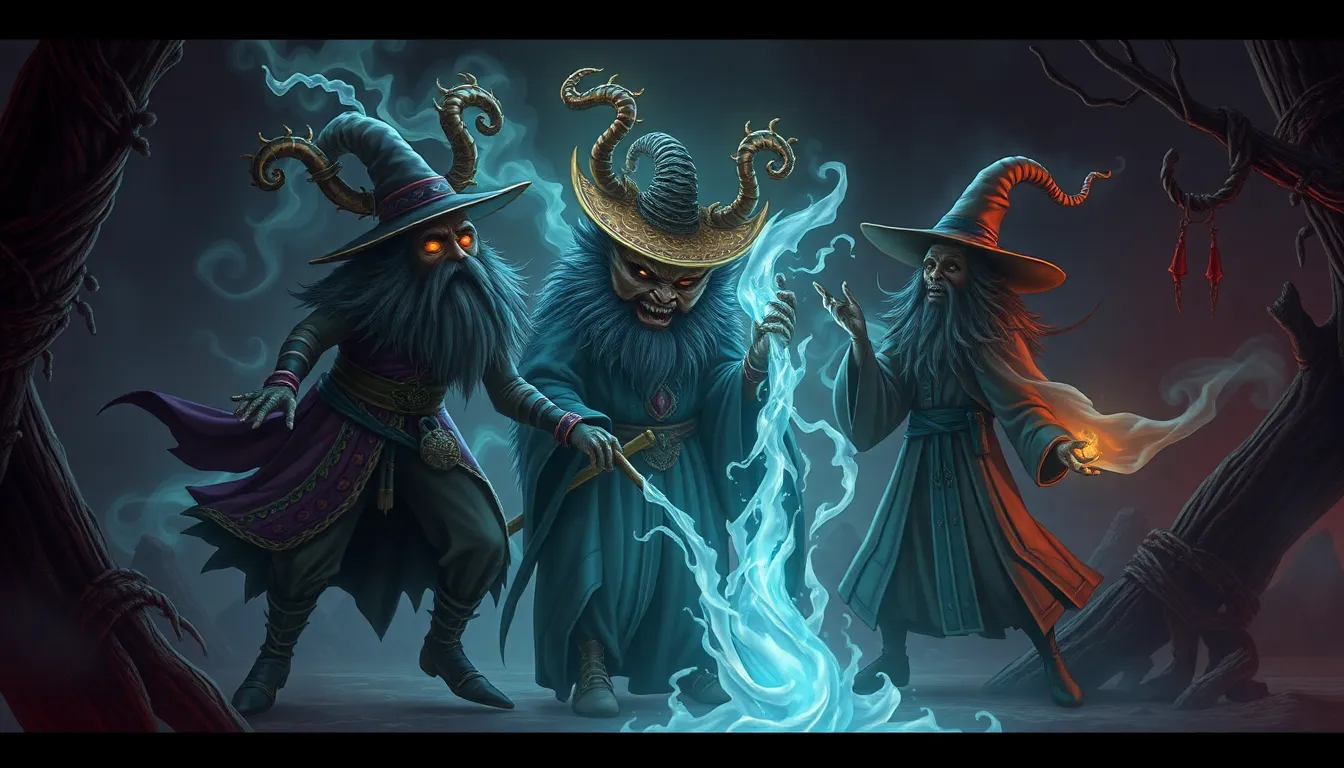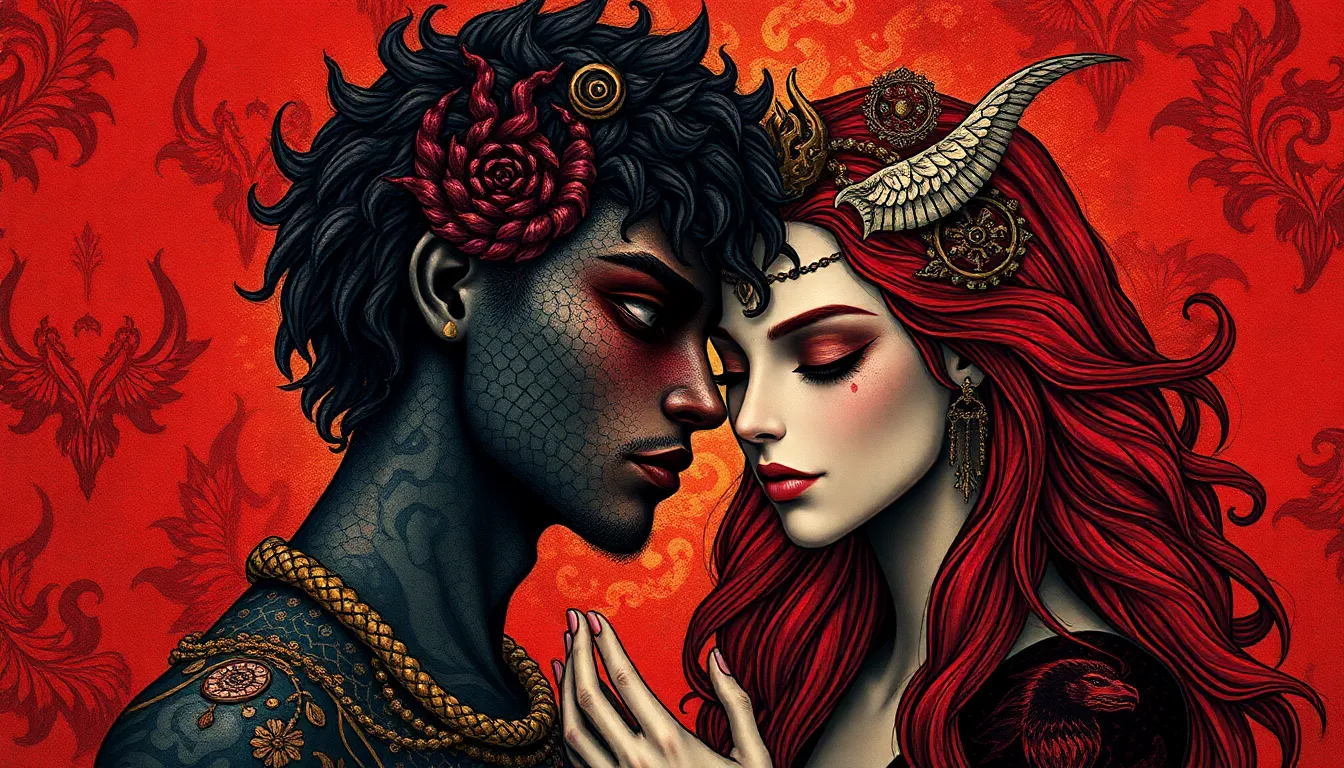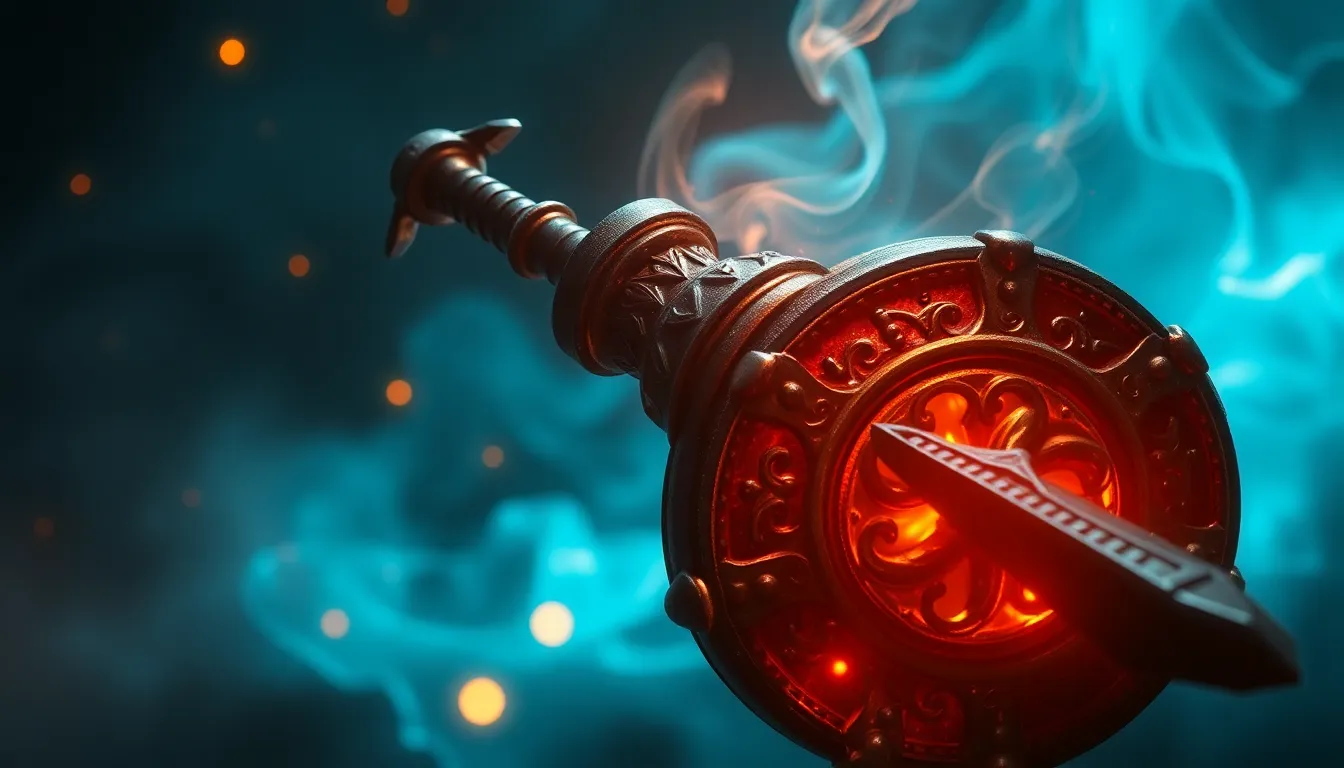The Most Memorable Trickster Characters in Folklore
Introduction to Trickster Archetypes
Trickster characters have long held a prominent place in folklore and mythology across cultures worldwide. Defined as figures who use their wit, cunning, and often deceptive behavior to outsmart others, tricksters serve various narrative functions. They embody the complexities of human nature, challenging societal norms and conventions while often imparting moral lessons.
This article aims to explore some of the most memorable trickster figures in folklore, examining their origins, characteristics, and the lessons they convey. From Anansi the Spider to Coyote and Loki, these characters have shaped cultural narratives and continue to resonate in contemporary storytelling.
The Role of Tricksters in Folklore
Tricksters play a vital role in storytelling, often acting as agents of change and chaos. Their antics provoke thought and reflection, forcing characters and audiences alike to confront their beliefs and assumptions.
- Agents of Change: Tricksters often disrupt the status quo, prompting characters to adapt or evolve.
- Chaos and Order: They introduce disorder, only to reveal deeper truths or restore balance by the story’s end.
- Morality Lessons: Through their mischievous deeds, tricksters convey important life lessons, highlighting the consequences of greed, arrogance, or foolishness.
Anansi the Spider: The West African Trickster
Anansi, a beloved figure in Akan folklore, is often depicted as a spider or a man with spider-like qualities. His stories are rich with humor and wisdom, emphasizing the importance of cleverness and resourcefulness.
Key stories about Anansi include:
- The tale of how Anansi won stories from Nyame, the sky god, showcasing his cunning.
- The story of Anansi and the turtle, which highlights themes of pride and humility.
Anansi’s influence extends beyond West Africa, significantly impacting African American culture. His tales have evolved into a symbol of resilience and resistance, with Anansi embodying the spirit of overcoming adversity through intelligence.
Coyote: The Native American Trickster
Coyote is a central figure in many Indigenous cultures across North America, representing both wisdom and folly. His stories vary widely, but common themes include the duality of creation and destruction.
Major tales featuring Coyote often convey moral implications, such as:
- Coyote stealing fire for humanity, symbolizing the quest for knowledge.
- His repeated failures, illustrating the consequences of greed and hubris.
Coyote embodies adaptability and survival, teaching lessons about embracing one’s flaws and learning from mistakes.
Loki: The Norse God of Mischief
Loki, a complex figure in Norse mythology, is known for his mischievous and unpredictable nature. As a god associated with trickery, he occupies a unique position within the pantheon.
His role in mythology is multifaceted:
- Loki aids the gods with his cleverness but often leads them into trouble.
- His actions result in significant consequences, including the death of the beloved god Baldr.
This duality—being both a helper and a hindrance—makes Loki a fascinating character who embodies the chaos present in both mythology and life.
Br’er Rabbit: The Southern Trickster
Br’er Rabbit, a character from African American folklore, exemplifies the cleverness and resilience of marginalized communities. His stories, often set in the Southern United States, reflect the struggles and triumphs of African Americans during the era of slavery and beyond.
Key stories include:
- The Tar-Baby tale, where Br’er Rabbit outsmarts Br’er Fox by using his wits to escape a trap.
- The story of Br’er Rabbit and the Briar Patch, showcasing the theme of using one’s environment to turn the tables on adversaries.
The themes of cleverness and resilience in Br’er Rabbit’s tales resonate deeply, illustrating the importance of wit in overcoming obstacles.
Raven: The Trickster of the Pacific Northwest
In the mythology of the Pacific Northwest, Raven is a significant trickster figure known for his transformative abilities. Ravens are often associated with creation stories, highlighting their role in shaping the world.
Major myths involving Raven include:
- The creation of light, where Raven brings daylight to the world.
- Stealing the sun, illustrating Raven’s cunning nature and his desire to benefit others.
Raven’s role as both a creator and a trickster emphasizes the interconnectedness of life and the complexity of existence.
The Fox in Global Folklore
The fox is a trickster figure found in various cultures around the world, from the Japanese kitsune to the European Reynard. These cunning animals often embody intelligence and craftiness.
Key characteristics and stories associated with the fox include:
- In Japanese folklore, kitsune are fox spirits that possess magical abilities and often trick humans.
- In European tales, Reynard the Fox outsmarts other animals and humans, illustrating the fox’s cleverness.
The fox serves as a representation of cunning and intelligence, often challenging the status quo and revealing deeper truths about human nature.
Contemporary Representations of Trickster Figures
In modern literature and media, trickster characters have evolved while retaining their core traits. They appear in various forms across film, television, and literature, reflecting contemporary societal issues.
Examples of contemporary trickster figures include:
- Raccoon in “The Legend of Korra,” representing cleverness and adaptability in a changing world.
- Deadpool in comic books and films, who breaks the fourth wall and challenges traditional storytelling conventions.
The enduring appeal of tricksters in popular culture lies in their ability to challenge norms and provide insightful commentary on the human experience.
Conclusion: The Lasting Legacy of Tricksters in Folklore
Trickster characters have left an indelible mark on cultural narratives across the globe. Through their wit, cunning, and often chaotic actions, they have imparted valuable lessons about morality, resilience, and the complexities of human nature.
As we continue to encounter trickster figures in contemporary storytelling, their legacy reminds us of the power of humor, creativity, and adaptability in facing life’s challenges.



